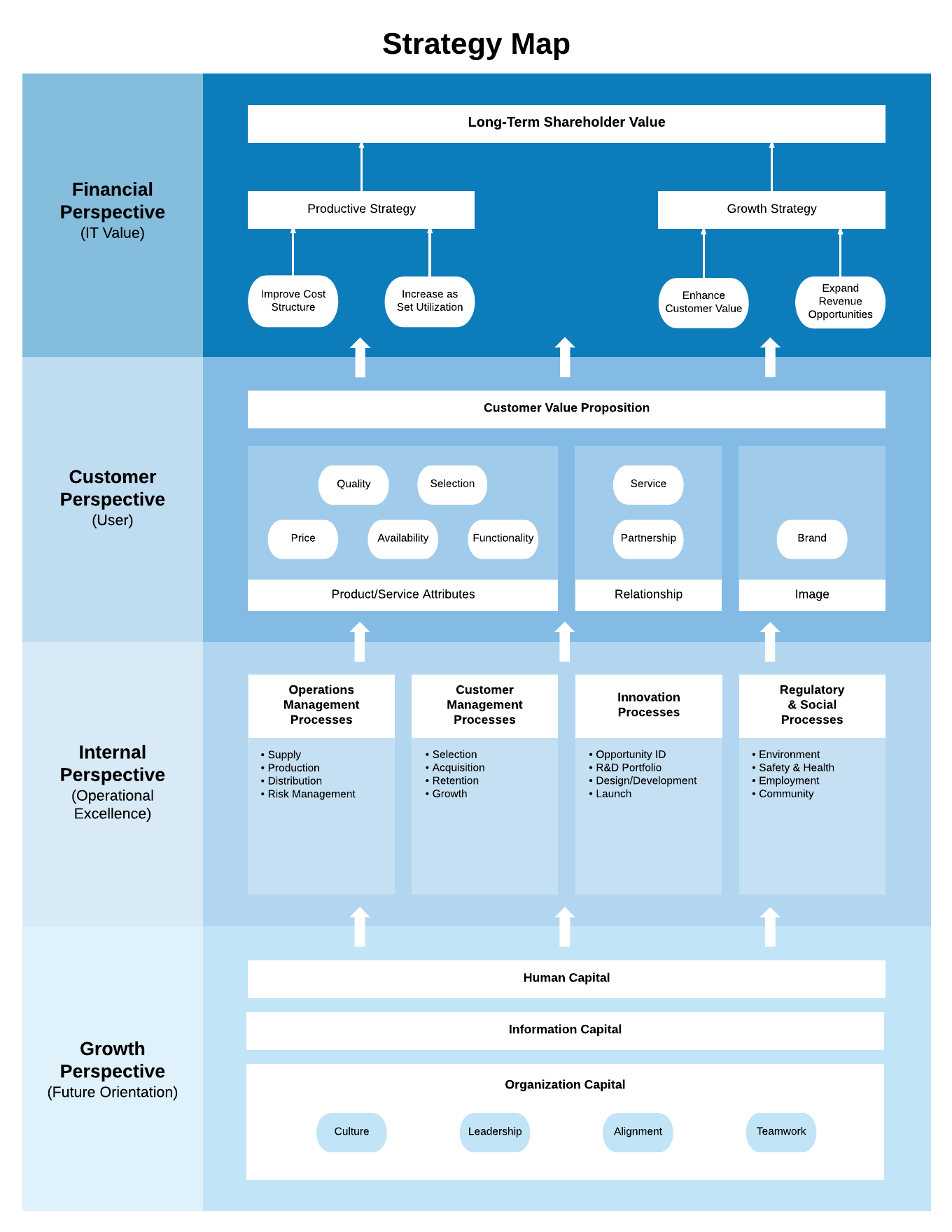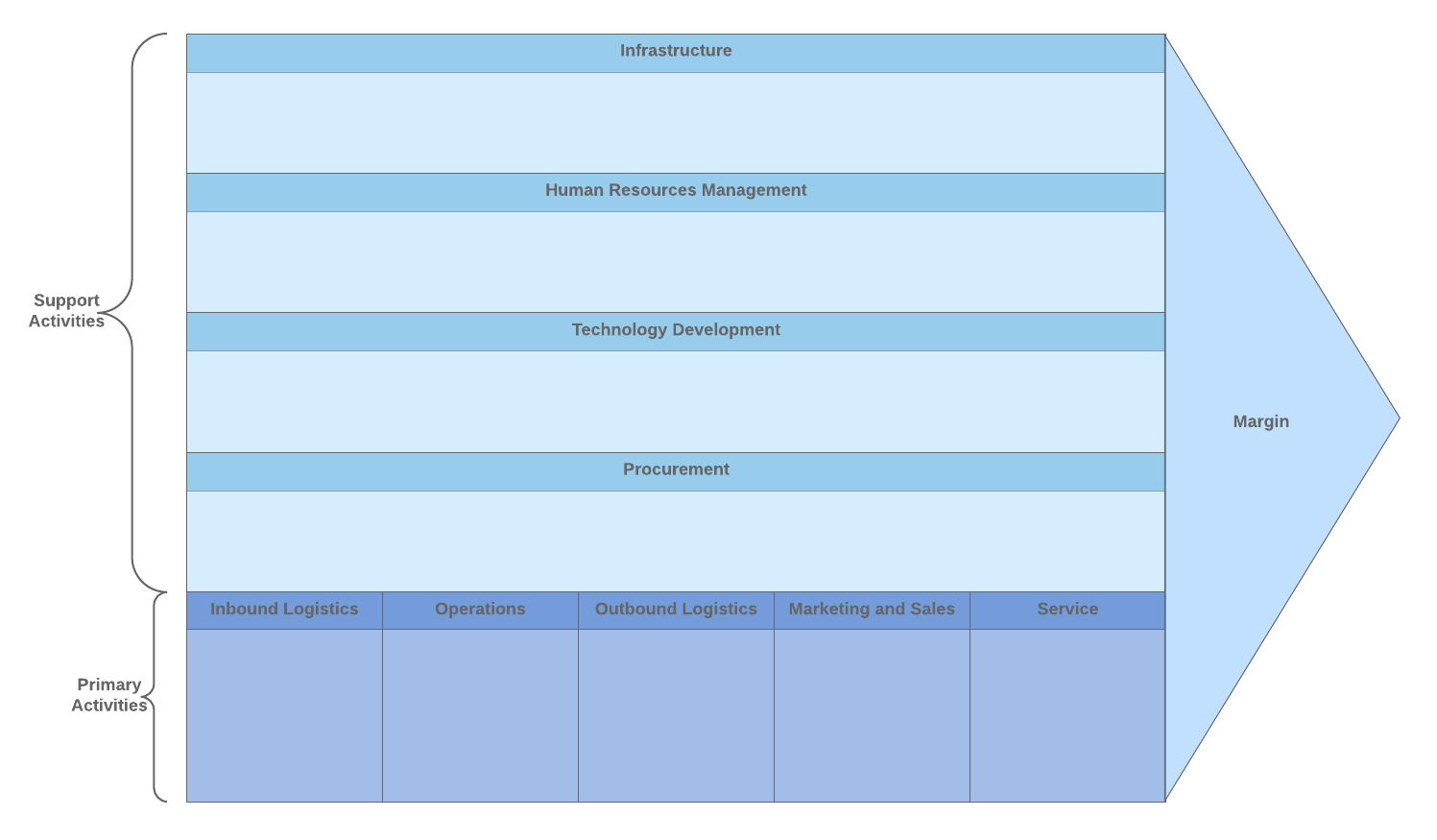
3 leadership principles to foster team success
Lucid Content
Reading time: about 7 min
Topics:
“Management is doing things right;
leadership is doing the right things.”—Peter Drucker
People often define leadership by citing the words of great minds such as Peter Drucker, the legendary educator and “founder of modern management.” But in your own words, what does it mean to be a good leader? In today’s workplace, what is the true definition of leadership?
Many believe great leaders are born, not made. In other words, we might define leadership based on someone’s natural traits and characteristics. On the surface, a person’s charismatic ways, domineering personality, or mere physical appearance can suggest leadership potential.
Some define leadership by the job title or role they hold within an organization. It can be seen as the transformative moment when someone is finally promoted to a managerial position or when a person is arbitrarily given the added responsibility to oversee a group of coworkers.
When it comes to defining yourself as a leader, it’s not a matter of whether you look the part, where your name is found on the company org chart, or whether you work from home, a cubicle, or the corner office. In this article, you will discover how to maximize your own leadership potential, regardless of your position in the corporate hierarchy. It starts by making a conscious effort to nurture the leadership skills shown to instill an atmosphere of trust and cooperation at work.
So, what do good leaders do? Here are the three leadership principles can foster team success.
1. Always be inclusive
No one likes to feel like a number or another cog in the machine, particularly not millennials. As a generation, set to comprise three-quarters of the global workforce by 2025, their workplace preferences are quickly becoming the norm rather the exception. Inclusivity is viewed as a guiding principle for millennials, who often cite their desire to work for a “leader” rather than a “boss.”
A recent Forbes article illustrates how as leaders themselves, millennials “strive to create inclusive workplaces where everyone has an opportunity to share their voice, regardless of position or title.” Similarly, millennials tend to be highly collaborative and place great value on consulting with managers and peers, as well as crowdsourcing the answer to a question. Give them a chance to lead and prove themselves. Set measurable goals and hold them accountable for achieving them. Offer your employees direction and guidance as needed. Above all, give them room to grow, to feel more involved, and let them know their work matters.
When it comes to emphasizing inclusivity in the workplace for your team, creating a strategy map is a simple, yet impactful way to turn your organization’s mission and vision into actionable objectives. In a previous Lucidchart article, we explained how to use strategy mapping to visually connect the formulation and execution phases of strategy. Once you familiarize yourself with the principles and basics of strategy mapping, download a Lucidchart template.

You will quickly discover that using the Lucidchart template invites collaboration. Encourage each of your employees to openly share their ideas and observations, as they work together to outline their primary goals as a team. Providing your employees with a strategy map also allows them to better understand the importance of their contribution to the organization at large.
Questions to ask yourself:
- Am I always clear and concise with others regarding my own strategic direction?
- Am I giving each my employees an opportunity to share their voice and be heard?
- Am I allowing my employees to see how their role plays in the bigger picture?
2. Give honest feedback
In spite of what we like to tell ourselves, most of us have a difficult time with honesty. It’s not that we set out to be deceitful or misleading with one another in the workplace. It’s that most people do everything possible to avoid hurting the feelings of an employee or colleague.
When it comes to holding back our criticism, avoidance of the truth is only a temporary fix. Whether you’re a direct supervisor or co-worker, failing to give a team member your honest feedback can detrimental in the long run. Especially when a team member is not fulfilling the responsibilities of their job and their shortcomings threaten their own career livelihood.
Honest feedback doesn’t mean being hurtful. According to author and coach Kim Scott, there doesn’t have to be a trade-off between being kind and being honest. As Scott learned over the course of her storied career as an executive at Google and Apple, the secret to being a good boss is to focus on giving, receiving, and encouraging guidance. For Scott, this “right kind” of guidance, a mix of praise and criticism, started as a tool she shared with companies like Twitter and Dropbox as a CEO coach. It’s also the name of her international bestseller: Radical Candor.
Radical Candor can offer a great framework to foster the exchange of honest feedback between colleagues in the workplace. When providing honest feedback to your employees, remember it’s crucial to be just as specific and sincere in your praise as you are in delivering your criticism.
Questions to ask yourself:
- Am I being clear in the praise I give others and why their work is good?
- Am I being clear in my critique of others and challenging them to improve?
- Am I fostering an environment where others give me their honest feedback?
3. Encourage mutual trust
In a poignant TED Talk, author and management theorist Simon Sinek deftly illustrates the stark contrast in how two different work environments acknowledge and reward individual effort:
“In the military, they give medals to people who are willing to sacrifice themselves, so that others may gain. In business, we give bonuses to people who are willing to sacrifice others, so that we may gain.” Sinek initially discerns that soldiers “are just better people,” which is what attracts them to the military and the concept of service. Based on further observation, Sinek concludes, “If you get the environment right, every single one of us has the capacity to do these remarkable things, and more importantly, others have that capacity, too.”
Whether it’s the battlefield or the boardroom, the right environment that Sinek suggests is one of belonging, of shared values and a deep sense of empathy. Such environments dramatically enhance trust, cooperation, and problem-solving abilities among each member of the team. The desire to feel safe is a primal need. The dangers we face in the workplace, both real and perceived, are not necessarily life-threatening. But they can harm our livelihood in the form of layoffs or losing customers and profits to a competing business. To encourage mutual trust, your goal as a leader is to give each employee a sense of belonging, along with the power to make decisions. Only when your team feels safe can they pull together against outside threats.
Placing value on everyone’s contributions and working together toward a shared goal not only provides your team with a sense of purpose; it inspires loyalty and camaraderie. Big corporation or small business, Lucidchart offers several tools that allow your team to work more effectively throughout your office or remotely across several site locations.

Questions to ask yourself:
- Am I providing my employees with a feeling of trust and a sense of belonging?
- Am I giving my employees the power to solve problems and make decisions?
- Am I willing to put my own self-interests aside for the betterment of my team?
Chart your team’s success
Better collaboration starts here. With Lucidchart templates, it’s easy to set up your company’s strategy map, process flowcharts, swimlane diagrams, and a whole lot more.
Sign up for free and let Lucidchart help you put your ideas down on pixels and paper.
About Lucidchart
Lucidchart, a cloud-based intelligent diagramming application, is a core component of Lucid Software's Visual Collaboration Suite. This intuitive, cloud-based solution empowers teams to collaborate in real-time to build flowcharts, mockups, UML diagrams, customer journey maps, and more. Lucidchart propels teams forward to build the future faster. Lucid is proud to serve top businesses around the world, including customers such as Google, GE, and NBC Universal, and 99% of the Fortune 500. Lucid partners with industry leaders, including Google, Atlassian, and Microsoft. Since its founding, Lucid has received numerous awards for its products, business, and workplace culture. For more information, visit lucidchart.com.
Related articles
Pacesetting Leadership: What It Is and When to Use It
Pacesetting leadership can make an impact, but it could make your team feel like you push them too hard. Learn when and how to effectively use this style.
Define your business with a strategy mapping template
Learn how you can use a strategy map to turn your organization’s mission and vision into actionable objectives. Includes a free template!
